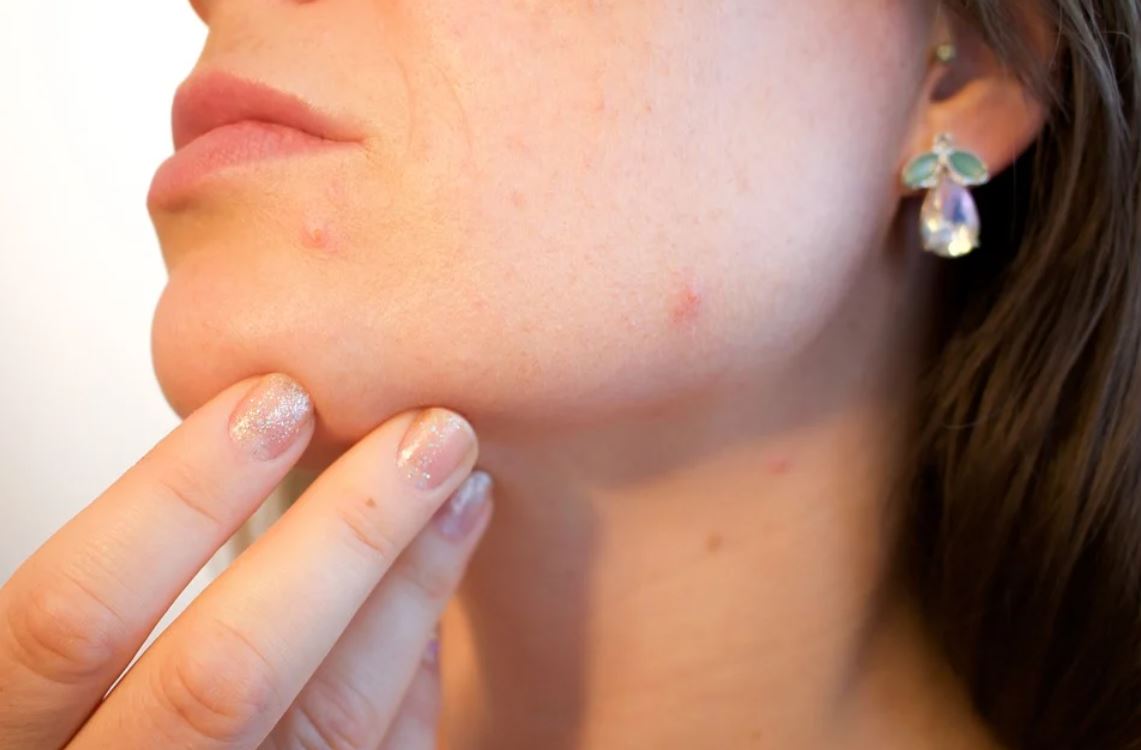Microneedling is a technique used by certain dermatologists to treat a variety of skin disorders. The procedure includes puncturing the skin with many minuscule, sterilized needles to create physical stress. The dermis, the second layer of skin, is prompted to repair as a result of the trauma.
This procedure can help with a variety of skin issues, including:
- Bruising
- Stretch marks
- Problems with skin pigmentation
- Wrinkles
- Extra skin
- Pimples
- Baldness
- Rosacea
Microneedling can also be used to implant medicines further into the skin. This includes topical vitamin C, which can help with a range of problems, including acne scars. Continue reading to learn about this procedure, including how it works, and if there are any risks associated with it.
How Does Microneedling Improve The Skin?
Microneedling causes skin damage, which stimulates the creation of collagen as well as other therapeutic elements. Collagen is a vital component of the skin that keeps it tight, supple, and flexible to keep it appearing young. Collagen production in the skin declines with age, which promotes sagging, wrinkles as well as other aging signs. It can also occur as a result of damage to the skin, including scars from acne and stretch marks.
Because microneedling includes the development of new skin, it is crucial to understand that it is not an immediate repair. The complete outcomes of the surgery can take up to 6 months or more. You can read some testimonials from patients who received microneedling, on your dermatologist website.
Can I Perform This Procedure at Home?
There are numerous microneedling devices that can be used at home. At-home devices are significantly more affordable than those at your dermatologist. However, some significant distinctions between the two procedures are definitely present. For example, the needles are shorter compared to the ones used by your dermatologist. Also, the ones that can be used at home are not designed to break through the skin. This means that the procedure will be less unpleasant than professional treatments. At the same time, you will not reap the same benefits if you use the at-home devices. The only benefit you will probably see is temporary skin brightening, since it increases flow of blood.
Are There Risks Associated With Microneedling?
Microneedling is typically considered safe and effective by doctors, however, there are certain risks involved. The most serious risk is inflammation of the skin following the treatment. Other possible adverse effects include:
- Edema
- Bruising
- Skin Peeling
- Pain at the treatment area
- Discoloration, such as redness
- Dryness
Hemorrhaging is a rare side effect of microneedling, however it is more likely to happen following a more extensive treatment. People with blood clotting problems or are on blood thinners may be at a higher risk of bleeding. Prior to microneedling, it’s critical to tell your doctor about your medical history.
Serious adverse effects can occur and include:
- Allergic response to medication utilized during the procedure
- Alterations in skin color
- Infection
Certain technologies come with extra risks. If heat or even energy is applied, for instance, you can possibly get burned.
Is There a Safer Approach to Microneedling?
The vivace experience is a microneedling technique that utilizes radiofrequency, a soothing overlay, and an exclusive serum treatment. The energy is softly transmitted through the skin using 36 needles. This tightens the skin and offers the patient a more natural-looking appearance. You should expect to see a considerable reduction in fine lines and wrinkles. You will feel more confidence when socializing with others as a result of this.
Am I a Candidate for This Procedure?
Certain people aren’t a good fit for microneedling, such as those who have:
- Current skin problems, such as an infection
- Pimples
- Problems with keloids

